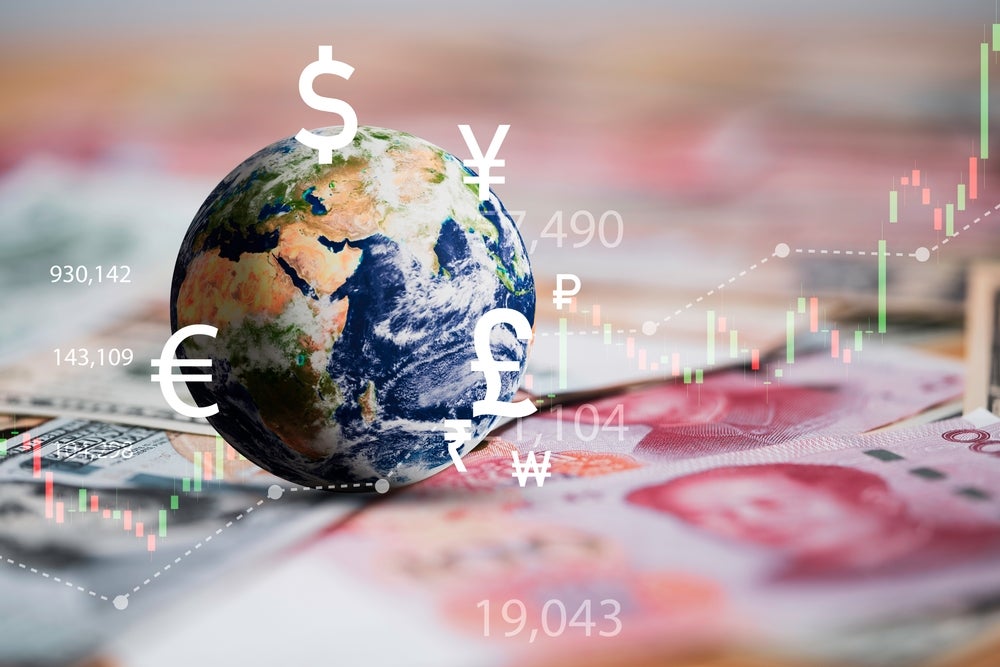Future Trends in Global Payment Systems SWIFT
Global payment messaging system SWIFT has been in the headlines over the past week and is expected to remain in focus as the conflict between Russia and Ukraine continues. With certain Russian banks being blocked from accessing SWIFT by the US and EU, attention has suddenly turned to China’s Cross-Border Interbank Payment System (CIPS), which is viewed as an alternative on which sanctioned Western countries can fall back.
CIPS was only launched in October 2015, the very same year that the CNY was admitted into the IMF’s Special Drawing Rights basket of currencies. This admittance signified the currency’s importance, and the amount of trade volume justified the need for China to have its own payment system. At launch, there were only 19 banks linked to CIPS, but that number has since grown to almost 1,300 banks covering 103 countries as of January 2022.
Russia also has its own payment system called the System for Transfer of Financial Messages, otherwise known as SPFS. It was launched in 2014 when the US threatened to block Russia from SWIFT. Although the SPFS could be a viable alternative, to this day only banks from approximately a dozen countries are linked to the system. Therefore, CIPS’ vastly superior coverage in comparison makes it the more likely alternative for Russia.
Besides Russia, many other countries are also looking for an alternative payment system, and those that have a deep trading relationship with China are slowly adopting CIPS. China trading is a driving factor behind CIPS’ rapid uptake over the last six years. For example, trade between China and the ASEAN countries has grown 85-fold in the past 30 years, and since 2009 China has been ASEAN’s largest trading partner.
As trade volume increases, it only makes sense to start using a currency that is more relevant to both sides rather than having to deal in the currency of a third country. Therefore, as trade with China is gradually transacted in CNY, more transactions will be conducted through CIPS.
The launch of the Chinese digital currency e-CNY will further encourage countries that trade with China, especially those in the Global South, to trade in one currency without having to exchange to a different currency such as the US dollar. These Global South countries have ongoing import and export transactions with China, and therefore holding CNY or e-CNY will be more convenient and avoid the risk of losing due to fluctuations when dealing with the currency of a third country. In just the first 11 months of 2021, CIPS’ transaction value grew by 83% to CNY64 trillion ($13.4 trillion).
The economic sanctions on Russia and the international trade relations between China and many countries are both factors that will further lead to CIPS becoming one of the most important payment systems.







